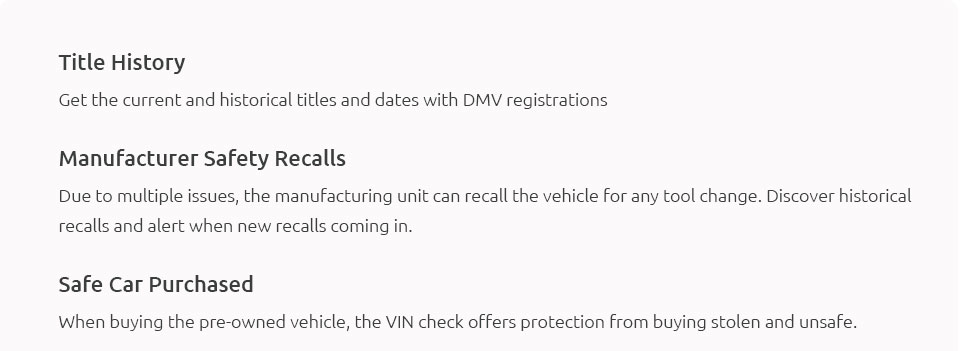 |
 |
 |
||
 |
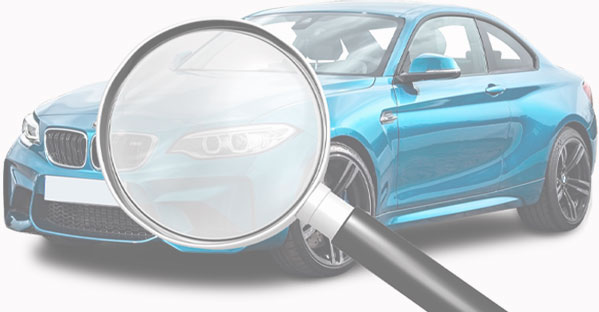 |
|
 |
||
 |
 |
 |
 |
||
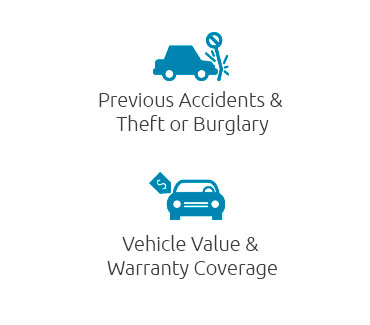 |
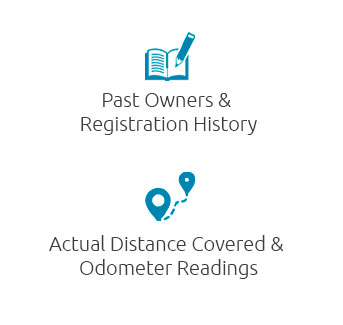 |
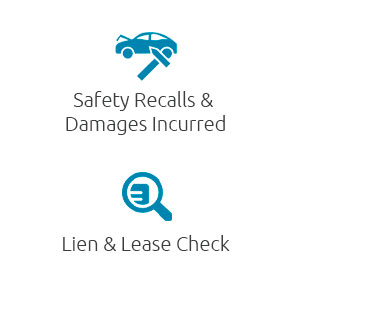 |
 |
 |
||||
|
||||
 |
How to Get a VIN Verification in CaliforniaWhen you're navigating the roads of vehicle ownership in California, the process of obtaining a Vehicle Identification Number (VIN) verification can seem like an intricate dance, yet one that's quite manageable with the right steps. Let's delve into this process, exploring the nuances and offering some guidance to ease your journey. At the outset, it's crucial to understand why a VIN verification is needed. In the Golden State, this procedure becomes necessary under several circumstances, such as when registering an out-of-state vehicle, bringing a vehicle into California, or when the DMV records require updating for reasons like title discrepancies or ownership changes. The VIN, a unique code assigned to every motor vehicle, acts as a fingerprint for cars, trucks, and motorcycles, ensuring the integrity of vehicle registration processes. To kick-start the VIN verification process, it's essential to gather all necessary documents. Typically, you'll need the vehicle's title, a valid ID, and any pertinent paperwork related to the vehicle's history. This preparatory step cannot be overstated; having everything in order can save you from unnecessary return trips. Now, where should you get the verification done? You have several options, each with its own advantages. The California Department of Motor Vehicles (DMV) is a common choice, albeit often associated with long wait times. An appointment can mitigate this, but be prepared for some bureaucratic patience. Alternatively, licensed private VIN verifiers offer a more personalized service, often at your convenience and location of choice, though this typically comes at a higher fee. Another viable route is the California Highway Patrol (CHP), which provides free verification services but requires scheduling in advance. Once you've chosen your verification venue, ensure that your vehicle is in compliance with California's stringent emission standards if it is being registered for the first time in the state. This might involve a smog check, depending on the vehicle's age and type, which aligns with California's commitment to environmental consciousness. The verification process itself is straightforward. A verifier will examine the VIN, usually located on the dashboard or driver's side door, and cross-reference it with your documentation. It's a procedure that underscores the importance of accuracy and transparency in vehicular documentation. Throughout this process, a few tips can be particularly useful. Firstly, always double-check your VIN for any discrepancies. A single wrong digit can lead to significant headaches. Secondly, consider the timing of your verification-early mornings or mid-week appointments can sometimes mean less waiting. Lastly, if you're using a private verifier, ensure they are duly licensed to avoid potential scams. In conclusion, while the VIN verification process in California might appear daunting at first glance, it's fundamentally a methodical process designed to protect both vehicle owners and the state. By approaching it with diligence and preparation, you can navigate it smoothly, ensuring your vehicle is road-ready and legally compliant. Remember, each step you take not only brings you closer to completing your vehicle's registration but also contributes to a broader system of vehicular accountability and safety. https://www.challengertalk.com/threads/getting-ca-vin-verification-for-out-of-state-new-vehicle-purchase.701179/
California wants the car to have its VIN Verified. To verify, Cal is saying I have to provide Certificate of Origin for the car. https://www.dmv.ca.gov/portal/vehicle-industry-services/occupational-licensing/occupational-licenses/vehicle-verifier-license/
How to Apply for a Vehicle Verifier License - Application for a Vehicle Verifier's Permit (OL 19). - Vehicle Verifier Surety Bond (OL 26) or Deposit Agreement and ... https://www.vinverifications.com/who-can-do-a-california-vin-verification/
The California DMV. Click here to locate your nearest location - AAA (AAA has northern and southern. - The California Highway Patrol. - Private VIN verifiers ...
|

